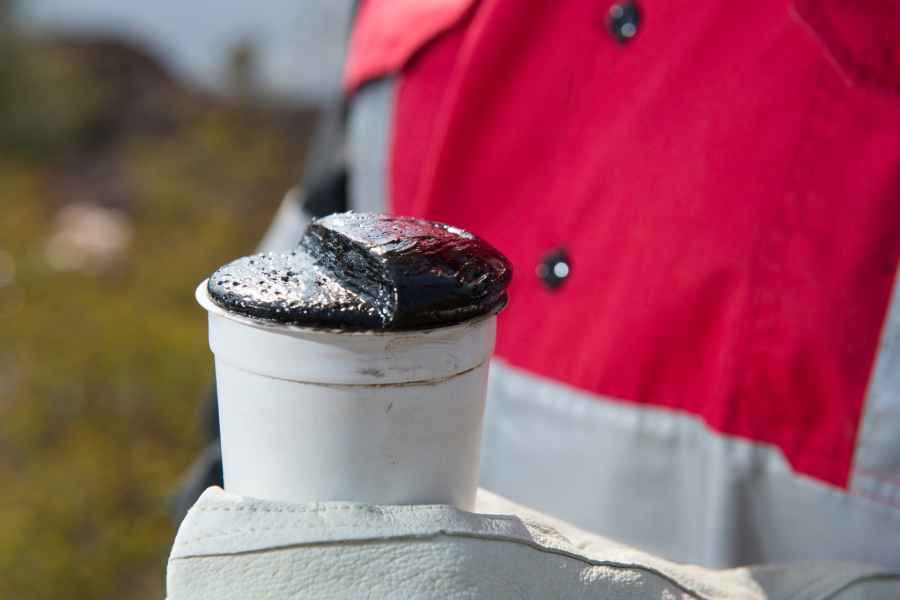Bulk emulsion explosives have come a long way since BME introduced double-salt – ammonium nitrate and calcium nitrate (AN/CN) – cold emulsion products into South Africa over 30 years ago.
“Factors like safety, stability and performance are still vital for the mining sectors that rely on emulsions for their blasting activities, but the technology is constantly being developed to meet and exceed customers’ expectations,” said BME general manager (South Africa and Namibia) Albie Visser. “ Ongoing research and development has put us in a position where we are now able to customise the emulsion to suit the needs of each quarry or mine.”
Emulsions have made blasting safer because they are not classified as an explosive until sensitised in the drill-hole; up to that point, their status as a 5.1 oxidiser makes them safe to transport and handle – and simplifies logistics by not requiring the special licensing, permissions and facilities required by traditional explosives.
The long shelf-life of the BME emulsions makes them easier to store – allowing quarries and mines to reduce supply chain risk where distances and accessibility make transportation difficult; and they do not require dedicated magazine facilities, saving on cost and administration.
With BME’s double-salt formulation, the emulsion has a lower ‘fudge’ point than single-salt emulsions, which means that the temperature required in the manufacturing process can be lower without crystals forming. Fudging results from the formation of unwanted nitrate crystals in the solution phase, this thickens and hardens the emulsion, making gassing and pumping impossible and the explosives non-detonable.
Many customers have applications in which the emulsion needs to be pumped a number of times before it is fed into blast-holes. “This doesn’t pose a challenge for us, as the double-salt formulation allows us to successfully re-pump our emulsion multiple times, with no degrading impact on the product,” said Visser.
Emulsions also have a higher velocity of detonation than Ammonium Nitrate Fuel Oil (ANFO), which improves fragmentation for quarries and hard rock mines. In underground applications – where pumpable emulsions have begun offering exciting opportunities – it reduces damage to side walls and hanging walls as there is less gas energy and more shock energy in the product.
“With our experience of developing, manufacturing and testing emulsions in the field, our emulsions have evolved to offer value-adding benefits,” said Visser. “In fact, we can now engineer a site-specific emulsion for a customer’s particular conditions and blast outcomes.”
He highlighted the combined importance of high-quality raw materials and ongoing investment in research and development, as key to the company’s product success.
The range of BME emulsions allow customers in quarrying, opencast and underground mining to take advantage of its benefits. In the opencast environment – BME’s traditional market – HEF emulsion is used for small-diameter surface drilling. Heavy ANFOs, which are emulsions blended with ammonium nitrates, are supplied by BME for larger-sized drill-holes.
BME’s research has also pioneered the increased percentage application of used oil as a fuel agent for the emulsions, reducing mines’ environmental impact while maintaining the highest quality of AN/CN-based emulsion products.
BME has also made progress in helping customers address the challenges created by reactive ground, by developing a specialised emulsion for use in these conditions. Reactive ground is commonly encountered when drilling in the shale overburden on coal deposits, in the coal seams themselves and in sulphide ore bodies. Here, fine sulphides created by drilling can dissolve in water, which in turn reacts with normal emulsion and potentially risks the performance of the blast or in the worst case a premature reaction of the explosives. By contrast, BME's product does not react, ensuring problem-free blasting in reactive ground.





